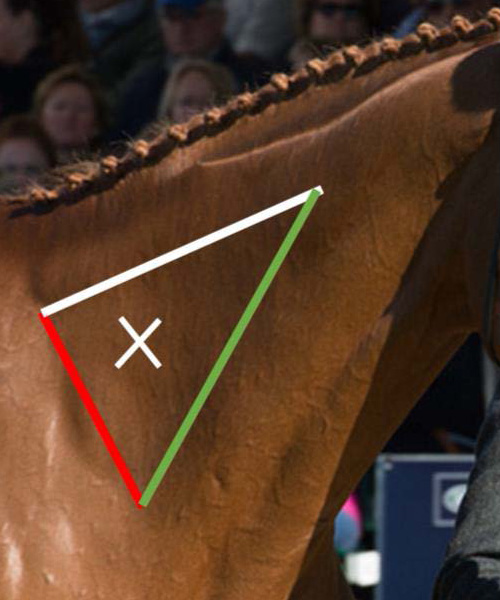

#Im injection how to#
Have your veterinarian discuss signs of drug reaction in the horse and how to handle this situation. Improper drug handling and injection techniques can result in infections and life-threatening drug reactions as well as rendering the drugs or vaccines ineffective. Always consult your veterinarian about the type of medication, the dosage and the route (intramuscular, intravenous, subcutaneous, or intradermal) before giving any drug to a horse.

Safety First Consult Your Veterinarian!Īlthough giving an IM injection to the horse is a routine procedure, it is not without risk to the horse. By following the methods outlined, horse owners should be able to safely and efficiently give an IM injection to a horse. Although a few horses are needle shy and object to injections, most horses quietly accept a properly given IM injection. Intramuscular injections are the most common type used in horses and are the focus of this article. Intramuscular (IM) injections are given deep into a large muscle mass.Subcutaneous injections (SQ)are given underneath the skin.Intradermal injections (ID)are administered into the skin.Intravenous injections (IV)are given into a vein.There are four basic types of injections used with horses.Determining what type of medication the horse needs and how to administer the medication is the critical part of the process and should be determined by your veterinarian.

Fortunately, giving an injection to a horse is an easily learned skill. Most horse owners occasionally must give their horse an injection. This article explains the techniques and locations to give a horse an intramuscular injection Therefore, being able to safely administer an intramuscular injection is an important skill that horse owners should have. While veterinarians predominantly give horses injections, some situations call for horse owners to give their horse an injection.


 0 kommentar(er)
0 kommentar(er)
